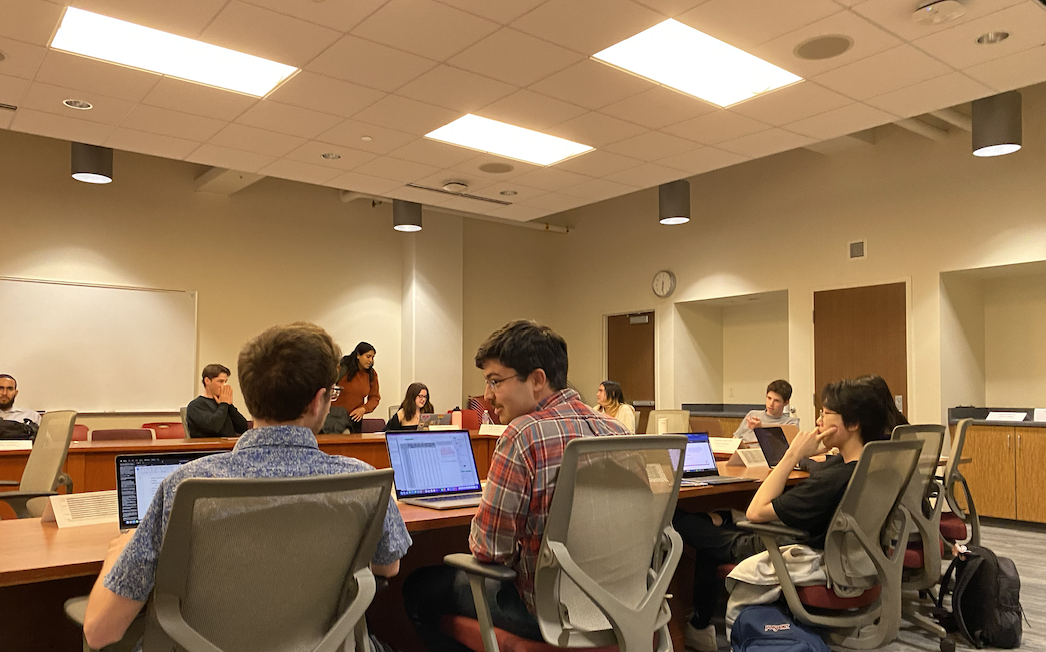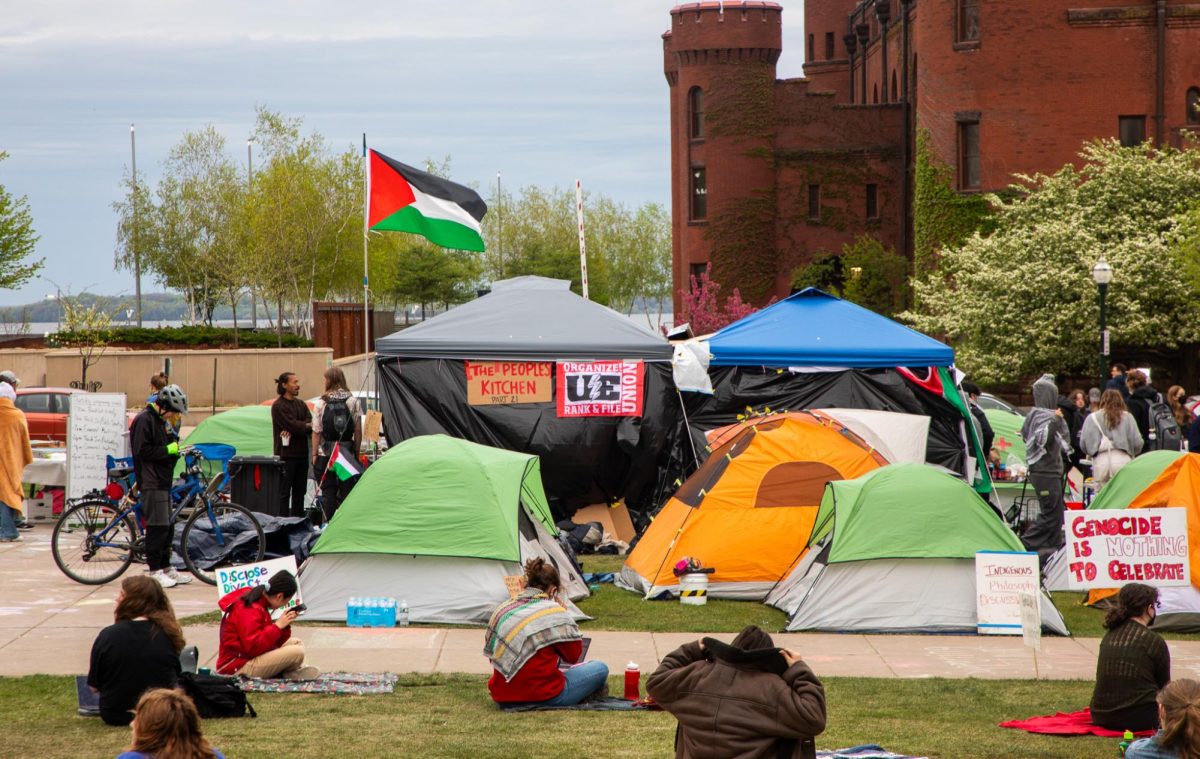A lawsuit against four Wisconsin state officials for using solitary confinement has pushed experts to address the impact such correctional treatment can have on young people’s mental health.
The American Civil Liberties Union of Wisconsin and the Juvenile Law Center filed a federal class-action lawsuit against four Wisconsin officials, including state Secretary of Corrections Jon Litscher, late January. ACLU Associate Director Molly Collins said the lawsuit cites “unconstitutional” use of solitary confinement and inhumane conditions for youth in state-run correctional facilities like the Lincoln Hills School for Boys and the Copper Lake School for Girls.
Being exposed to such treatment can have “permanent and devastating” effects on youth, including trauma, depression, anxiety and increasing risk of suicide and self-harm, Collins said. Solitary confinement has an even more dire impact on those who already have an underlying mental health problem.
“Because their emotional, social and behavioral development is incomplete, youth are especially vulnerable to the harmful effects of solitary confinement,” Collins said.
Expanded restorative justice programs offer young offenders an escape from life behind bars
Approximately 15 to 20 percent of young residents are confined in 7-by-10-foot solitary confinement cells for 22 or 23 hours per day, Collins said. These children are often forced to spend their only free hour outside the cell in handcuffs or chained to tables. This only damages children more and does not make them less likely to reoffend, she said.
In Wisconsin, nearly 150 to 200 children as young as 14-years-old are incarcerated. Institutions like Copper Lake and Lincoln Hills often place children in solitary confinement, in mechanical restraints and also pepper spray them, Collins said.
“The state of Wisconsin is far outside the constitutional boundaries and far outside the practices recommended by juvenile justice experts across the country,” Collins said.
But University of Wisconsin psychology professor Michael Caldwell said the overwhelming majority of incarcerated youth in Wisconsin do not spend time in solitary confinement. For those who do, there are different security settings and most facilities have to offer school and provide mental health care among other services. Juvenile corrections institutions hold a very small percentage of youth, who have typically been “unmanageable” in other settings, in solitary confinement, he said.
The alternative to a juvenile corrections institution placement for most youth is prosecution as an adult and placement in adult prison, which can be much worse, Caldwell said.
Caldwell said the impact solitary confinement has on youth depends on how it is used. One extreme is solitary confinement for extended periods such as months or years. This will aggravate any existing mental health problems and create new ones, he said.
On the other end of the spectrum is using relative short periods of isolation, such as minutes to a few days, to control and calm someone who is actively aggressive. This can potentially be misused but does not have as strong an impact on the person’s mental health as an extended period of confinement would, Caldwell said.
Making Justice: At-risk youth, artistic expression come together in unique program
But Collins said the National Commission on Correctional Health Care, the World Health Organization and the United Nations have recognized that solitary confinement should not be used on children for any duration of time.
It might be more helpful to keep a person who is aggressive confined but not isolated. Caldwell said this could include the person being alone but still having visitors and people walking by their room door. Though this can seem impractical in some prison settings, it is the best alternative.
“The more harmful part of solitary [confinement] is the lack of human contact,” Caldwell said.
Caldwell said it is still not realistic to think confinement can be eliminated. In cases where someone commits a serious infraction, like armed robbery or shooting someone, that person would have to be confined.
Caldwell said officials can take preventive measures so that children make better choices and do not commit violent acts. Investing in resources for public schools, providing two years paid maternity leave, legal defense and full health care coverage for children could lead to lower crime rates. It is also important to get the community involved in understanding the extent of this issue as well.
Lowering youth incarceration rates is another key alternative to putting them in solitary confinement situations. Wisconsin’s juvenile correctional facilities could use interventions that have evidence to support them and also change their policies to comply with the U.N. Convention on the Rights of the Child, Caldwell said. These would be stronger and more effective alternatives to putting young people in prison.
“There is a long way to go,” Caldwell said.





















